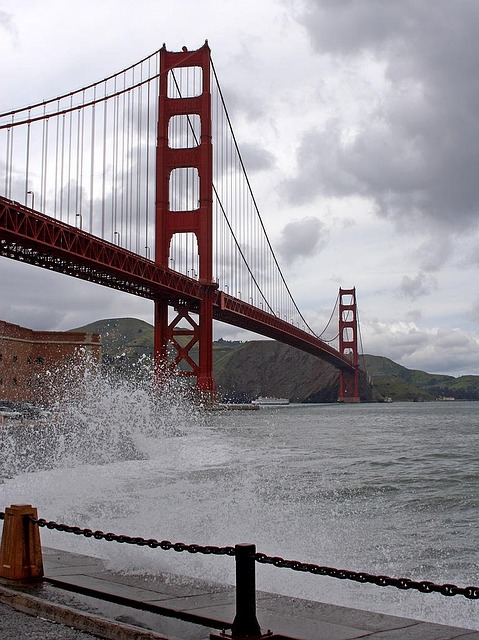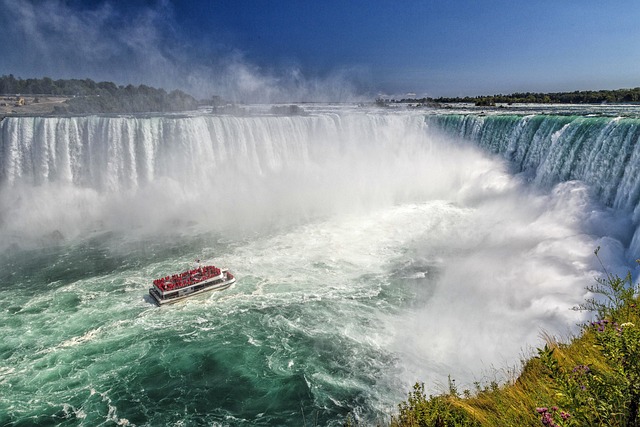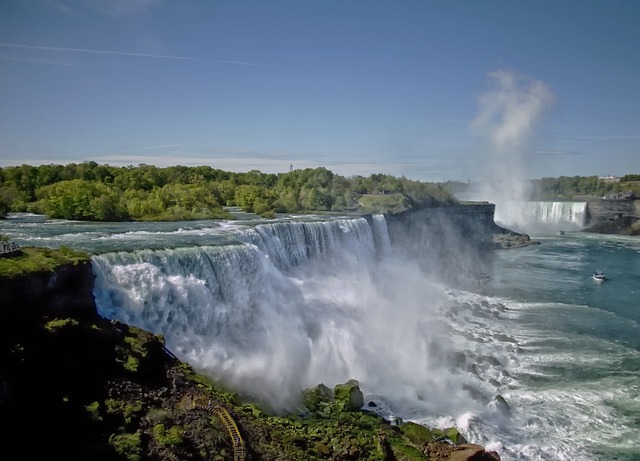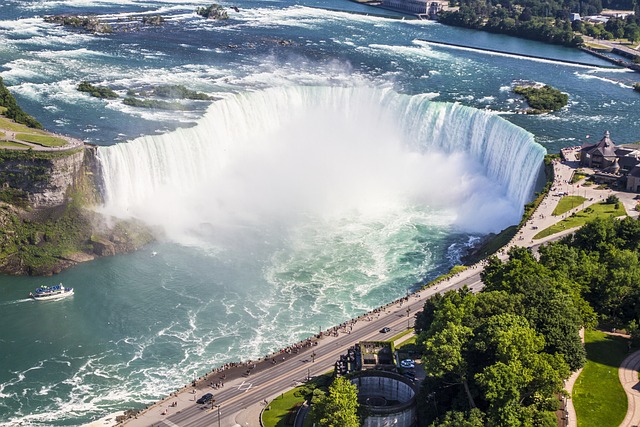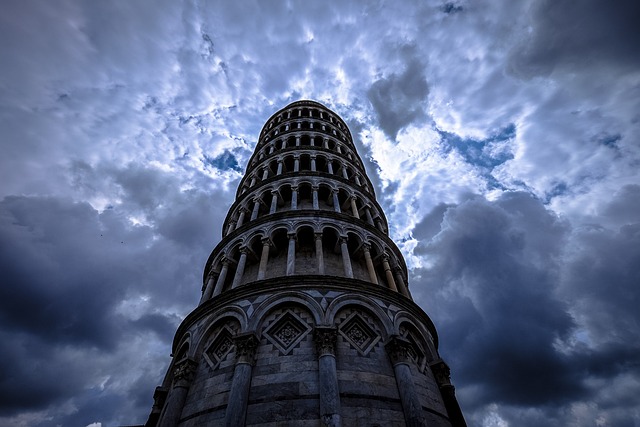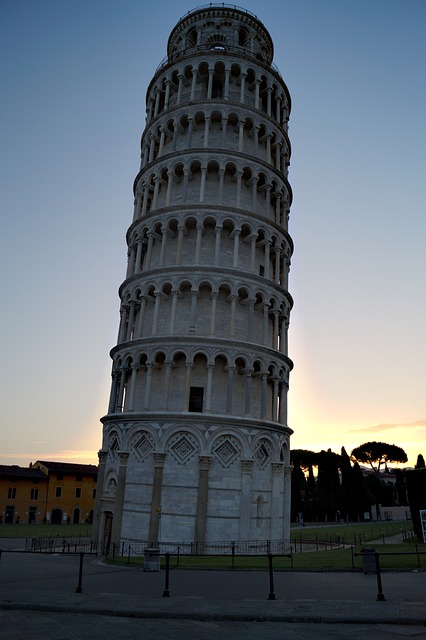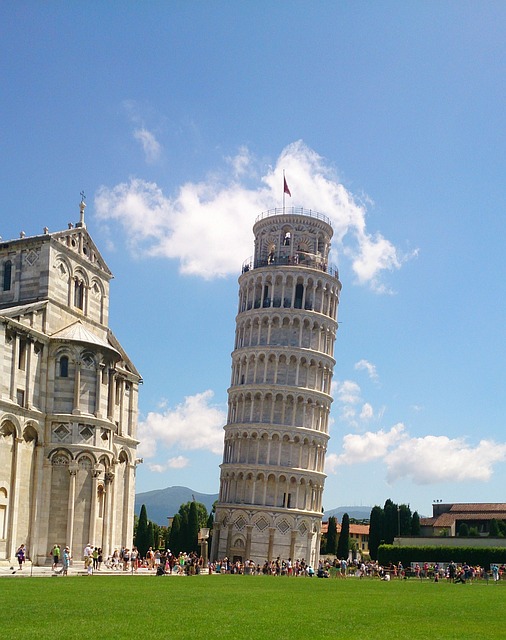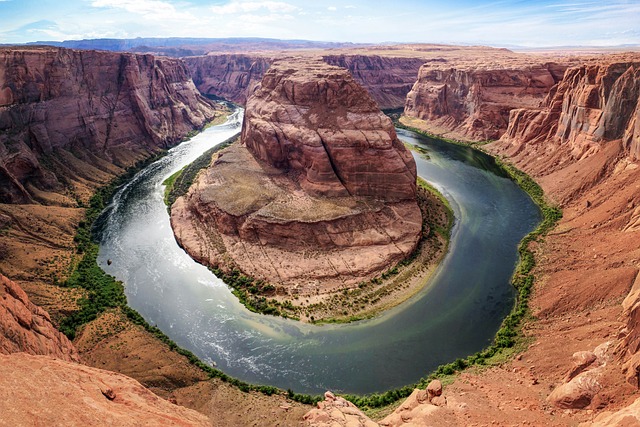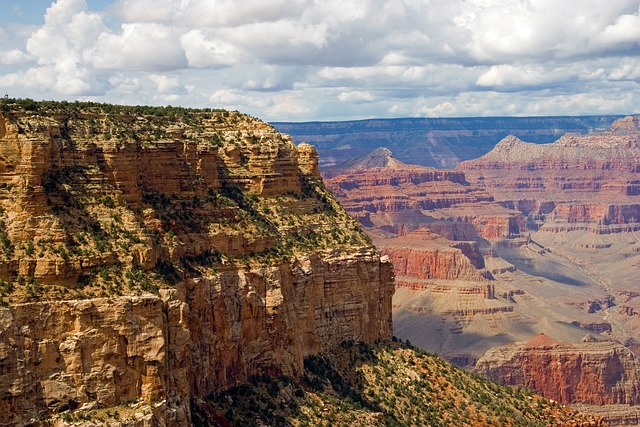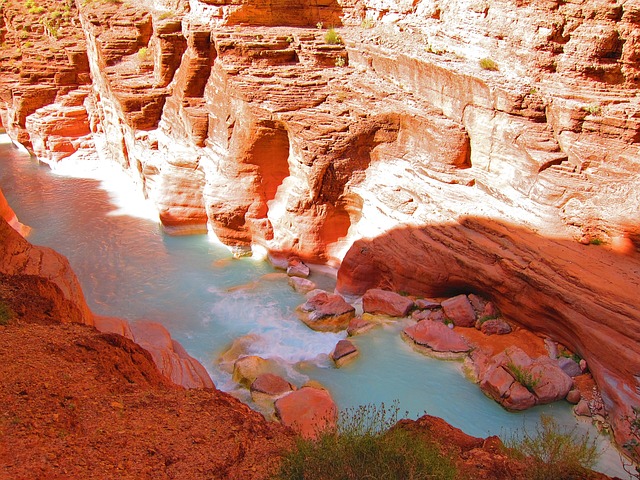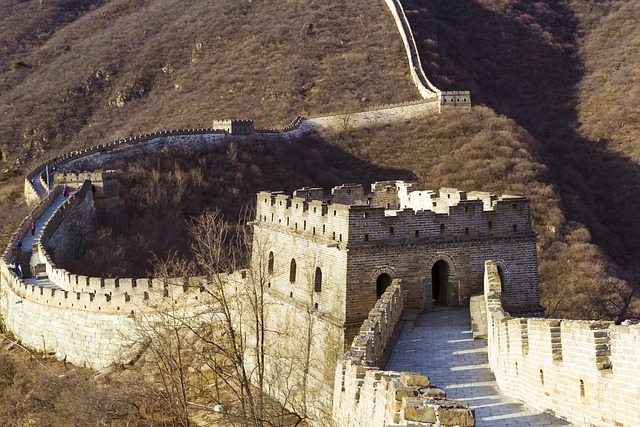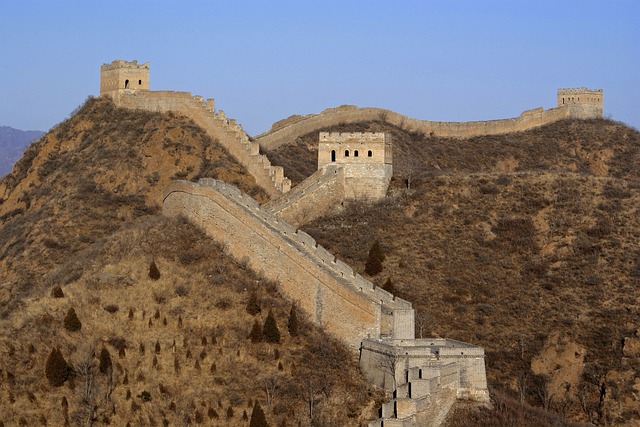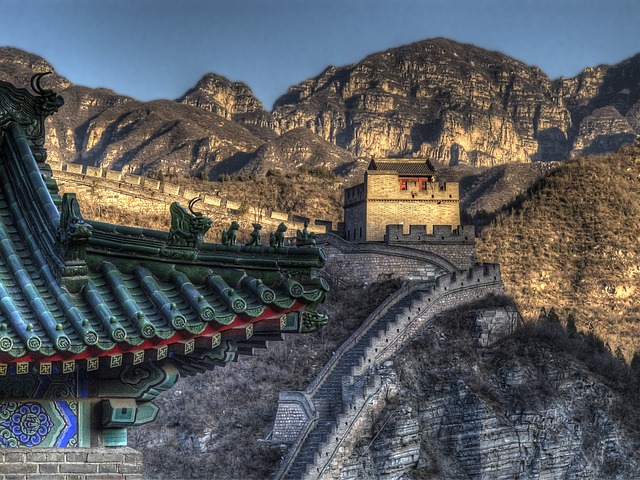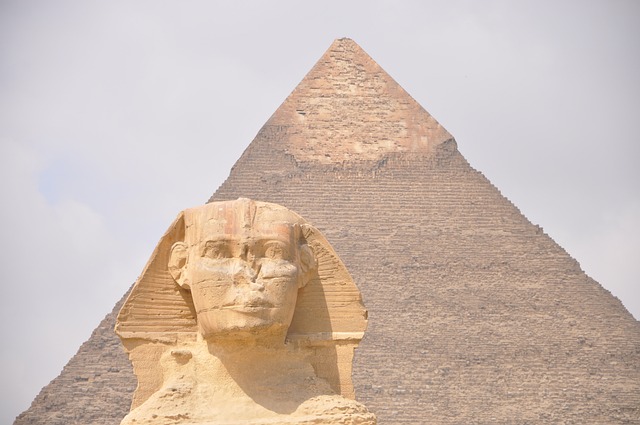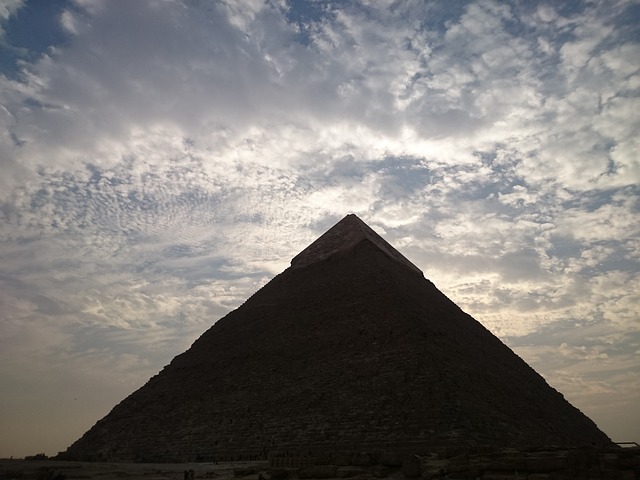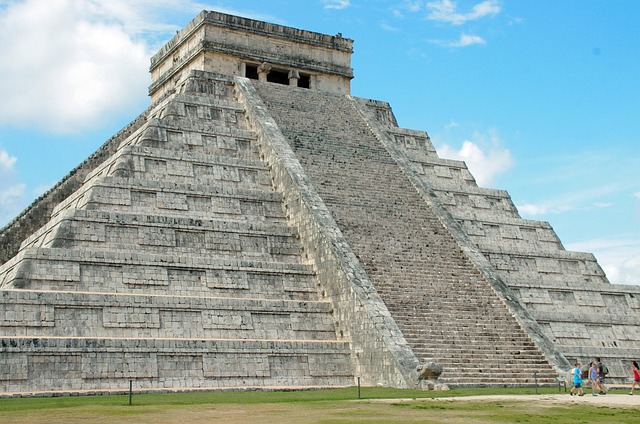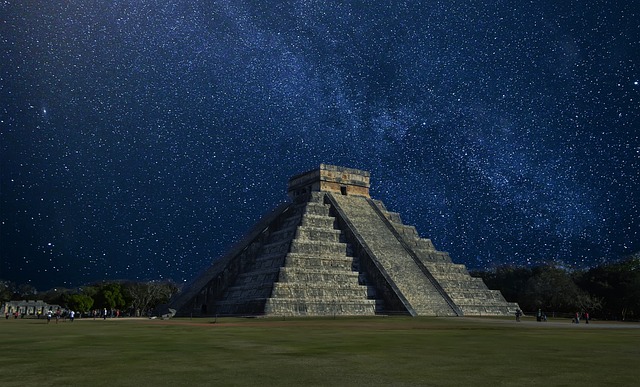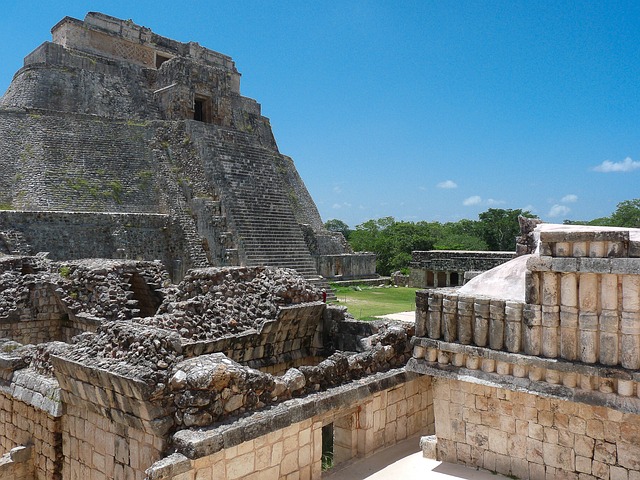Located on the east coast of Sicily, Italy, Mount Etna stands tall as Europe’s largest active volcano. Its imposing presence and frequent eruptions have captivated the interest of scientists, locals, and tourists alike. In this article, we will delve deeper into the geological background, history, and cultural significance of this majestic volcano.
We will also explore the modern-day monitoring and research efforts, as well as the impact of Mount Etna on the environment and its role as a popular tourist destination.
So let’s embark on a journey to discover the wonders and mysteries of Mount Etna.
Geological Background of Mount Etna
Located in the eastern part of Sicily, Mount Etna is Europe’s largest and most active volcano and has been an iconic landmark for centuries. Standing at a staggering height of 3,350 meters, it is also the highest volcano in Italy. This majestic volcano has captured the imagination of locals and visitors alike with its frequent eruptions, stunning landscapes, and rich history.
Mount Etna, also known as Mongibello in Sicilian, is a stratovolcano formed over thousands of years by the continuous eruption of lava and other volcanic materials. This type of volcano is characterized by its steep slopes, symmetrical shape, and a central crater. The volcano is situated on a convergent boundary, where the African and Eurasian plates meet, resulting in the formation of the Apennine mountain range and other volcanic structures in the Mediterranean region.
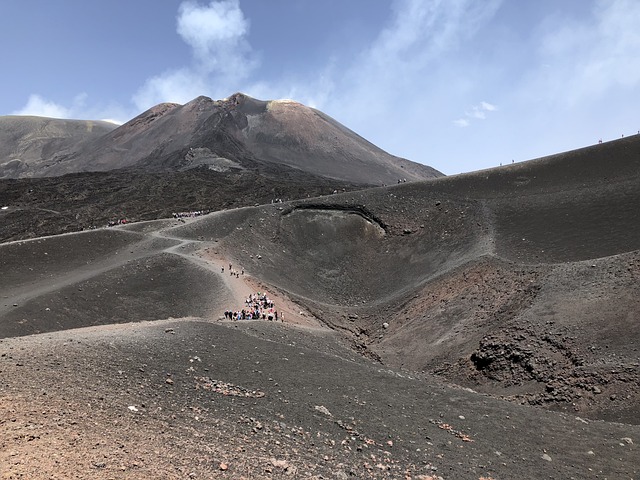
The structure of Mount Etna is constantly evolving due to its continuous activity. The volcano is made up of four overlapping cones, with the main summit located on the southeast side. The central crater, known as the Valle del Bove, is the largest and most active crater on the volcano, measuring about 4 km in diameter. The volcano is also home to several smaller craters, which have formed over time due to the continuous eruption of lava.
Mount Etna is notorious for its frequent eruptions, with over 200 eruptions recorded in the past 2000 years. These eruptions have had a significant impact on the surrounding areas, both positive and negative. The volcanic ash and lava have enriched the soil, making it fertile for agriculture. However, the eruptions have also caused destruction and displacement of communities living near the volcano.
One of the most significant eruptions in Mount Etna’s history was the 1669 eruption, which is considered the most destructive. The eruption lasted for 122 days, resulting in the destruction of several towns and villages and causing over 20,000 casualties. The towns of Catania and Nicolosi were also partially destroyed, and the lava flow reached the sea, creating a new coastline.
Despite its destructive nature, Mount Etna has played a significant role in the cultural and historical heritage of the region. The volcano has been a source of inspiration for artists and writers, with numerous myths and legends surrounding its formation. It is also considered a sacred site by the locals, who have built shrines and temples to worship the volcano.
In recent years, Mount Etna has become a hub for scientific research, with experts studying the volcano and its activity to better understand the mechanisms of volcanic eruptions. Advanced techniques and technologies, such as satellite imagery and seismometers, are used to monitor the volcano’s activity and predict potential eruptions. Mount Etna also serves as a natural laboratory for studying volcanism and its impact on the environment, making it a vital resource for scientific research.
In conclusion, Mount Etna is a remarkable natural wonder that has shaped the landscape and culture of the region. Its constant activity, rich history, and scientific significance make it a must-visit destination for tourists and a vital source of research for experts. As the volcano continues to evolve and surprise us with its eruptions, it remains a symbol of the raw power and beauty of nature.
History and Cultural Significance of Mount Etna
Located on the east coast of Sicily, Italy, Mount Etna stands tall as Europe’s largest active volcano. This majestic natural wonder has been a focal point of awe and wonder for centuries, attracting tourists from all over the world. Beyond its geological significance, Mount Etna holds a rich history and cultural significance for both the locals and visitors.
The history of Mount Etna dates back to over 500,000 years ago, making it one of the oldest active volcanoes in the world. The volcano is located on a fault line where the African and Eurasian tectonic plates meet, resulting in its constant activity. This unique location has also contributed to the size of Mount Etna, which spans over an impressive 460 square miles.
For the locals, Mount Etna holds great cultural importance. It is considered a sacred site and is known as “Mongibello” in the local dialect. The volcano is deeply rooted in Sicilian folklore, with numerous myths and legends surrounding its fiery eruptions. The locals believe that the volcano is home to the god Vulcan, and its frequent eruptions are a reflection of the god’s anger.
Mount Etna’s cultural significance extends beyond its mythology. The volcano has played a significant role in shaping the economy and tourism of the region. The fertile soil surrounding the volcano has made it ideal for agriculture, particularly for the production of wine and citrus fruits. Additionally, the stunning landscape and unique geological features have made Mount Etna a popular tourist destination, attracting millions of visitors every year.
One of the most notable events in Mount Etna’s history is the devastating eruption of 1669. Considered the most destructive eruption in the volcano’s history, it caused widespread damage and destruction to the surrounding towns and villages. The molten lava flowed for months, destroying everything in its path and leaving over 20,000 people homeless. Despite the devastation, the locals showed resilience and determination in rebuilding their homes and communities.
In modern times, Mount Etna continues to be a significant cultural and historical site, attracting researchers, scientists, and tourists from all over the world. The volcano is constantly monitored using advanced technologies to predict and mitigate potential hazards. Its ongoing eruptions also provide valuable insight into the study of volcanism and its impact on the environment.
Today, Mount Etna remains a popular tourist destination, offering a unique blend of adventure, history, and culture. Visitors can hike to the summit, witness the lava eruptions, and even go skiing on the volcano’s snowy slopes. However, safety measures and precautions are always in place to ensure the well-being of both tourists and the surrounding environment.
While Mount Etna’s eruptions can have devastating consequences, they also have a positive impact on the environment. The volcanic soil is rich in nutrients and supports a diverse range of flora and fauna. The volcano is also home to endemic species that have adapted to the extreme conditions, making it an important site for biodiversity.
In conclusion, Mount Etna is not only a geological marvel but also a significant cultural and historical site. Its influence on the surrounding areas and the world at large cannot be ignored. As it continues to erupt and shape the landscape, it remains a symbol of resilience, beauty, and the power of nature.
The Eruption of 1669: A Devastating Event
The eruption of 1669 was a catastrophic event that forever changed the landscape and lives of those living near Mount Etna. Considered to be the most destructive eruption in the volcano’s recorded history, it left a lasting impact on the surrounding towns and villages. The eruption lasted for 122 days, from February to June, and caused widespread devastation and destruction.
Impact on the Surrounding Towns and Villages
The eruption of 1669 had a severe impact on the towns and villages located near the volcano. The lava flows and ash fall destroyed homes, farms, and entire villages. The town of Catania, located at the foot of Mount Etna, was hit the hardest. The lava flows submerged streets and buildings, and the ash fall blanketed the town, causing it to be buried under several feet of debris. The towns of Nicolosi, Belpasso, and Mascalucia were also severely affected by the eruption. Many residents were forced to flee their homes, leaving everything behind.
Efforts to Rebuild and Resilience of the Community
Despite the devastation, the locals showed remarkable resilience and strength in the face of the disaster. After the eruption, the survivors returned to their homes and began the daunting task of rebuilding their lives. They used the hardened lava as building material for new homes and cleared the ash fall to make way for new crops. The community came together and worked tirelessly to restore their towns and villages, showing their deep connection and attachment to their land.
Over the years, the towns and villages affected by the 1669 eruption have been rebuilt, and the scars of the disaster have been erased. However, the memory of the eruption still lives on in the stories and legends passed down through generations.
Impact on Tourism and Economy
The eruption of 1669 not only had a devastating impact on the lives of those living near Mount Etna but also on the economy of the region. The fertile land surrounding the volcano was destroyed, affecting the agricultural industry, which was the main source of income for the locals. The tourism industry, which was just starting to develop in the area, also took a hit. The surrounding towns and villages, which were popular tourist destinations, were now buried under ash and lava, deterring visitors from coming to the area.
Despite the initial setbacks, the towns and villages near Mount Etna have bounced back, and tourism has become a significant source of income for the region. The 1669 eruption has also created a sense of fascination and curiosity among tourists, drawing them to visit and learn about the volcano’s history and power.
In conclusion, the eruption of 1669 was a catastrophic event that had a profound impact on the surrounding areas. It not only caused widespread destruction but also showcased the resilience and determination of the local community. Today, the 1669 eruption stands as a reminder of the raw power and beauty of Mount Etna, making it a must-visit destination for tourists from all over the world.

Modern-Day Monitoring and Research of Mount Etna
Over the years, Mount Etna has captured the attention of scientists and researchers due to its consistent volcanic activity. With its location in the Mediterranean region, the volcano provides a unique opportunity to study the geological processes and their impact on the environment. In this section, we will explore the modern-day techniques and technologies used to monitor Mount Etna’s activity and the ongoing research on the volcano.
Mount Etna is constantly monitored for any signs of volcanic activity. The monitoring system consists of a network of seismometers, tiltmeters, GPS, and satellite imagery. These instruments help in detecting any changes in the volcano’s behavior, such as earthquakes, ground deformation, and gas emissions. The data collected from these monitoring systems is used to analyze the volcano’s current state and predict potential eruptions.
One of the main techniques used to monitor Mount Etna is the Global Navigation Satellite System (GNSS). This system uses GPS technology to measure the volcano’s ground deformation. By tracking the movement of the volcano, scientists can detect any changes and understand the underlying processes causing them. Another method is the use of infrared cameras to monitor the temperature changes on the volcano’s surface. Any increase in temperature could indicate an imminent eruption.
Apart from monitoring, ongoing research is being conducted on Mount Etna to better understand its behavior and potential for future eruptions. Volcanologists are constantly studying the composition of the volcanic gases emitted by Mount Etna. This helps in predicting the type of eruption and its potential impact on the surrounding areas. Additionally, scientists are also studying the composition of the volcanic rocks to gain insights into the volcano’s history and its formation.
Mount Etna is also considered a natural laboratory for studying volcanism and its impact on the environment. The volcano provides a unique opportunity to study the interaction between the volcanic activity and the surrounding ecosystems. Scientists are studying the effects of volcanic gases on the vegetation and the impact of eruptions on the soil and water quality in the region. This research is crucial in understanding the long-term effects of volcanic activity on the environment and finding ways to mitigate them.
Furthermore, Mount Etna’s volcanic activity also plays a significant role in providing resources for the surrounding communities. The fertile soil and minerals from the volcano’s eruptions have sustained agriculture in the region for centuries. Additionally, the geothermal energy from the volcano is harnessed for electricity production, reducing the region’s reliance on fossil fuels.
In conclusion, Mount Etna’s monitoring and ongoing research have provided valuable insights into the volcano’s behavior and its impact on the environment. With new technologies and developments in the field of volcanology, we can continue to improve our understanding of this powerful natural phenomenon and mitigate its potential hazards. As the largest active volcano in Europe, Mount Etna remains a crucial area for scientific research and a natural wonder that fascinates tourists from all over the world.
Mount Etna Today: A Tourist Destination
Located on the east coast of Sicily, Mount Etna is not only Europe’s largest active volcano but also a popular tourist destination. Its majestic beauty and rich history attract thousands of visitors every year, making it a must-visit for any traveler to the region.
One of the main attractions for tourists is the opportunity to hike on the slopes of Mount Etna. With various hiking trails and routes available, visitors can choose to explore the volcano’s crater and stunning landscapes. The views from the summit are breathtaking, offering a unique perspective of the surrounding areas and the volcanic activity.
In addition to hiking, Mount Etna also offers skiing opportunities during the winter months. The volcano’s elevation of over 11,000 feet makes it a perfect spot for skiing and snowboarding. Tourists can take advantage of the ski lifts and enjoy the thrill of skiing on an active volcano.
For those interested in learning more about the volcano’s geological and cultural significance, there are guided tours available. These tours provide a wealth of information about Mount Etna, its history, and the impact it has on the region. Visitors can also visit the nearby towns and villages to experience the local culture and cuisine.
However, it is important to note that Mount Etna is an active volcano, and safety precautions must be taken when visiting. Visitors are required to follow the instructions and guidelines provided by the authorities to ensure their safety. It is also recommended to visit with a licensed tour guide who is familiar with the volcano’s activity and can guide visitors to the safest areas.
Aside from the thrill and adventure, Mount Etna also offers a unique opportunity for visitors to witness the volcano’s activity up close. The frequent eruptions of Mount Etna attract many curious travelers who want to witness the power and beauty of nature in action. This makes it a popular spot for volcano enthusiasts and scientists alike.
Moreover, Mount Etna is not just a tourist destination but also a natural laboratory for studying volcanism and its impact on the environment. Ongoing research and monitoring of the volcano provide valuable insights into predicting and preparing for potential eruptions. This adds another layer of interest for visitors who are keen on learning about the volcano’s scientific significance.
On the other hand, it is essential to address the potential environmental impact of tourism on Mount Etna. The increase in visitors and activities can have negative consequences on the volcano’s fragile ecosystem. Hence, measures are in place to protect the surrounding areas and maintain the balance between tourism and the volcano’s preservation.
In conclusion, Mount Etna is not just a volcano, but a multi-faceted tourist destination that offers a unique blend of adventure, history, and scientific significance. Its allure has stood the test of time, making it a must-visit for any traveler to Sicily. So, plan your trip to Mount Etna and experience the power and beauty of this magnificent active volcano.
Environmental Impact of Mount Etna
Mount Etna, Europe’s largest active volcano, has a significant impact on the environment of the surrounding areas. Its continuous eruptions and volcanic activity have both positive and negative effects on the ecosystem, biodiversity, and human settlements in the region. In this section, we will explore the environmental impact of Mount Etna and the measures taken to protect the area.
Positive Impact:
Mount Etna’s eruptions bring essential nutrients to the surrounding soil, making it highly fertile. The volcanic ash and lava provide minerals and trace elements, which are beneficial for agriculture. The fertile soil has allowed the cultivation of crops such as grapes, olives, and citrus fruits, contributing to the economy of the region.
Moreover, the eruptions also create new land formations, including lava fields and volcanic cones. These formations attract tourists and scientists, providing opportunities for research, education, and recreation. The diverse landscapes created by Mount Etna also support a variety of plant and animal species, contributing to the biodiversity of the region.
Negative Impact:
Despite its positive effects, Mount Etna’s eruptions also have negative consequences for the environment. The volcanic ash and gases released during the eruptions can cause air pollution, which can have adverse effects on human health, agriculture, and the ecosystem. The ash can also damage buildings, roads, and other infrastructure in the surrounding areas.
In addition, the lava flows can destroy vegetation and habitats, temporarily disrupting the ecosystem. The eruptions can also lead to landslides and mudflows, which can damage the surrounding forests and rivers, affecting the local wildlife. Furthermore, the volcanic activity can trigger earthquakes, which can cause damage to the nearby towns and villages.
Measures for Environmental Protection:
To minimize the negative impact of Mount Etna’s eruptions and protect the environment, various measures have been taken by the authorities and local communities. The Italian government has set up a network of monitoring stations to track the volcano’s activity and provide early warning of any potential hazards. The data collected from these stations also helps in ongoing research on the volcano and its impact on the environment.
Moreover, the Park Authority of Etna has implemented strict guidelines for visitors and tourists, such as designated hiking trails and restricted access to certain areas. These measures not only ensure the safety of tourists but also protect the fragile ecosystem of Mount Etna. Additionally, reforestation projects have been undertaken to restore the vegetation and revive the ecosystem in the affected areas.
In conclusion, Mount Etna’s continuous eruptions have a significant impact on the environment of the surrounding areas. While the volcano provides valuable benefits, it also poses potential hazards. The measures taken to protect the environment and mitigate the negative impact of Mount Etna are crucial in preserving the natural beauty and biodiversity of the region.






